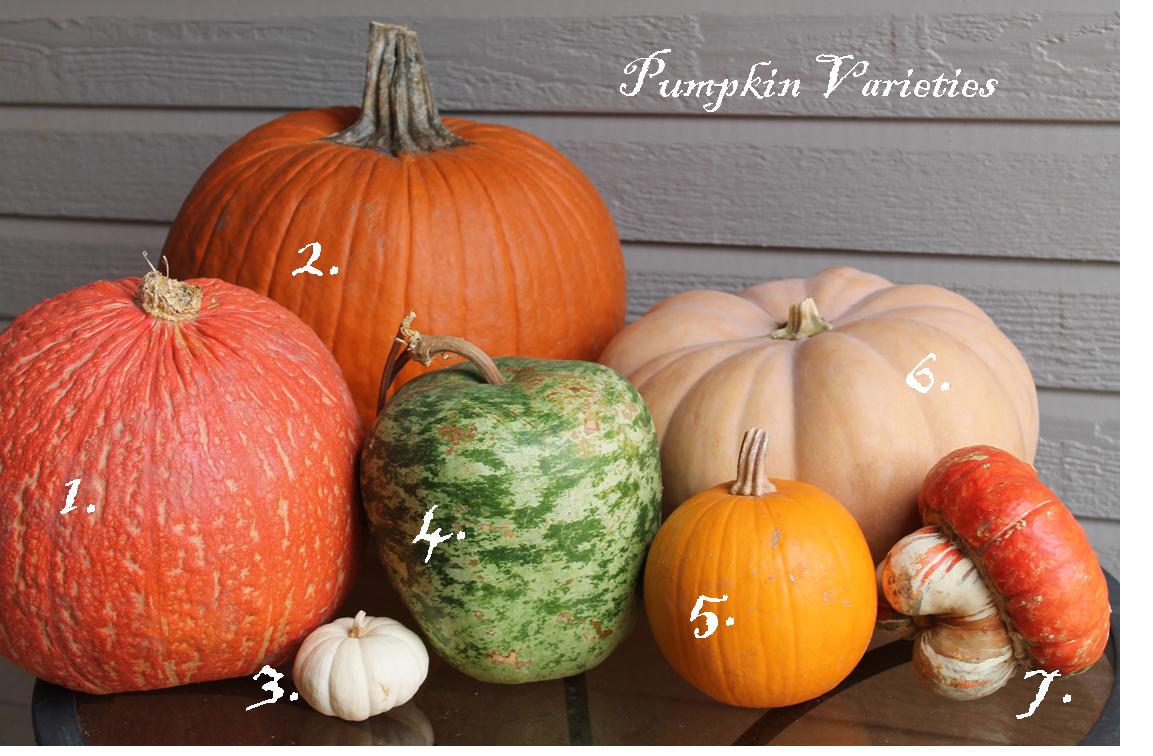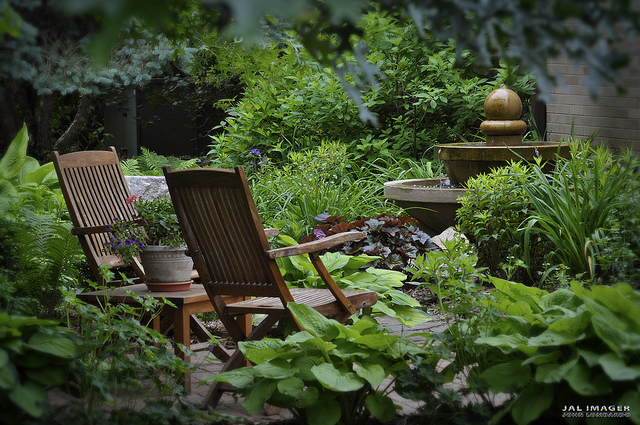
Pumpkins, Gourds, and Squash, Oh My!
October is synonymous with pumpkins, gourds and squash. Throughout the month, they are used for décor, the main ingredient of seasonal dishes and as children’s whimsical canvas for spooky designs. However, did you know pumpkins and gourds, as well as squash, come in more shades of color than orange or yellow?
1. Red Warty Hubbard 2. Jack-O-Lantern 3. Jack-Be-Little 4. Apple 5. Sweet Pie 6. Cheddar 7. Turk’s Cap
With over 300 varieties of pumpkins, gourds, and squash grown annually, it is amazing to discern the color palette of nature: oranges, greens, yellows, blues, whites, striped, splotched, and spotted. Textures also vary greatly. Due to the close familial orientation of the three, it can often be difficult to tell them apart. All are members of the Cucurbita family, with each variety belonging to a different sub-category. It seems the stem is the primary way to distinguish a pumpkin from the group. If the stem appears woody and hard, it can be deemed a pumpkin. A common adage for determining differences often insists, “A gourd is generally something you look at; a squash is something you eat; and you carve a pumpkin.” However, I personally admit to eating more pumpkins than I have ever carved; therefore, I recommend taking the above advice with a grain of salt.
When visiting your local garden center this season, stop by the pumpkin patch and see what types of pumpkins, squash, and gourds you can discover. Children enjoy seeing the many varieties available (to be honest, adults do too), especially the Fairy-tale and Cinderella pumpkins.
If you plan on creating your own pumpkin patch for next year, start planting seeds by mid-June to ensure harvesting by October as most varieties take between 80 to 125 days to mature. I would recommend creating dirt mounds about 10” to 12” in height to plant seeds. These mounds will allow for proper drainage and keep your seedlings from drowning. Pumpkins don’t require excess watering like watermelons; be sure to keep to normal watering requirements of most vegetables.
In this year’s garden, my young gardeners and I have planted three variations of the Cucurbita family: the Cinderella pumpkin, the Casper pumpkin, and the Winter Butternut squash. When we harvest our patch in November, we will use the squash for recipes and decorate with the pumpkins.
How does your family incorporate the natural beauty and deliciousness of autumn’s bounty into your household?
0





One Comment
Anonymous
Hi there,
Number three is definitly not ‘Jack Be Little’ because that cultivar always has orange fruit. Number three looks like the cultivar named ‘Baby Boo’ wich is basically a white version of ‘Jack Be Little’.